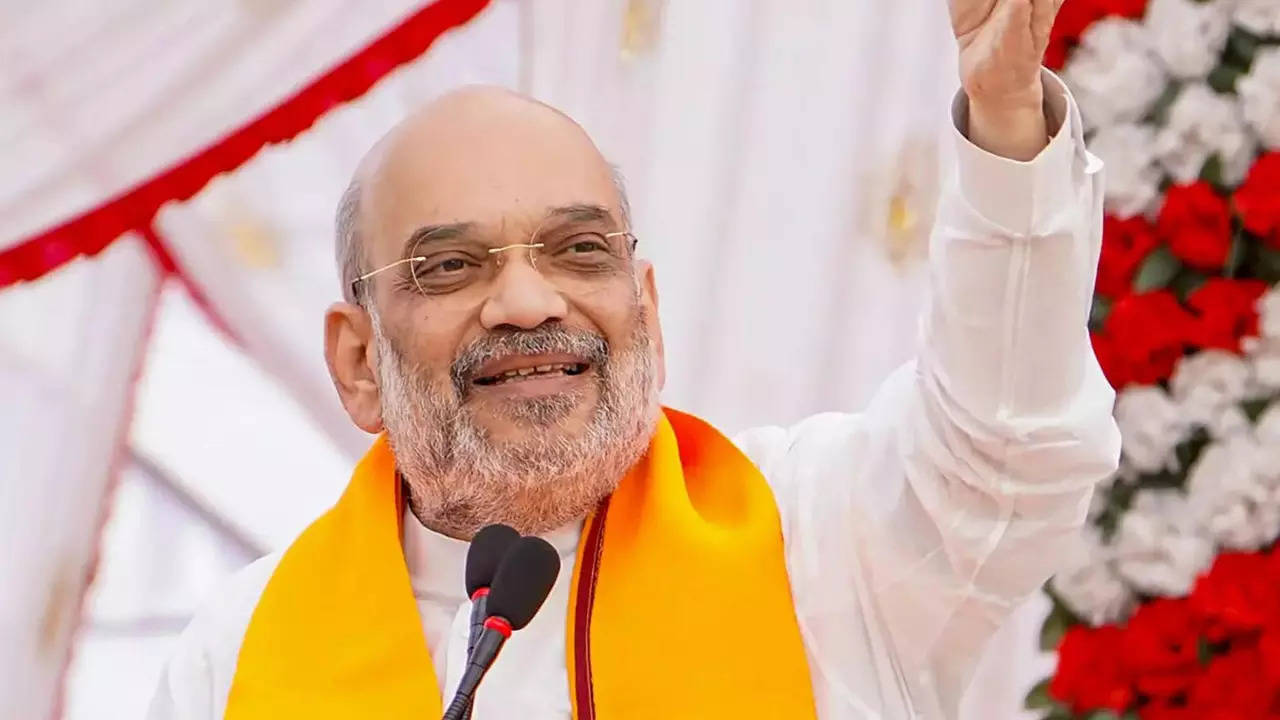BSF, CRPF and ITBP are the central paramilitary forces deployed in LWE-hit areas, spearheading the fight against Naxalites.”This has brought significant successes in that the area of Maoists’ influence has shrunk to 176 police stations across 45 districts from 455 police stations across 96 districts 10 years ago. Incidents of Maoist violence have dipped by 52% and resulting deaths by 70% in the last decade,” Shah shared in his address at the BSF’s 59th Raising Day function here.
“The day is not far when the country will be completely free of left-wing extremism. 199 security camps have been set up in areas where Naxals were pushed back. Patrolling of these areas has choked the resources of left-wing extremists and helped us take control of what were once Maoist strongholds. The final battle against left wing extremism is still on in Kolhanand some areas of Jharkhand and we are sure to win this battle,” assured the home minister.
Home Minister Amit Shah attends 59th Raising Day function of BSF in Jharkhand’s Hazaribagh
Also commending BSF for keeping the borders safe, Shah said fencing on its own cannot secure a country’s borders. “It only helps the border guarding personnel to keep the frontiers safe,” he said and added that 560 km of fencing to plug the identified gaps along India’s western and eastern borders, which were facilitating infiltration and smuggling, has been completed in the past nine years. “The remaining 60 km fence will be done in the next two years, fully securing both Indo-Pakistan and Indo-Bangladesh borders,” announced Shah.
The home minister on Friday said the BJP governments under the leadership of both Atal Bihari Vajpayee and Narendra Modi have prioritised border security. While Vajpayee government approved integrated border management plan focused on ‘one-border-one-force’ principle, the Narendra Modi government has in the last 10 years worked relentlessly not only to enhance border security with but also improve infrastructure with funding running into thousands of crores. Also connectivity – be it via road, railways, waterways, telecommunication or people-to-people connect – and reach of the Centre’s welfare schemes has been strengthened in the border villages.






